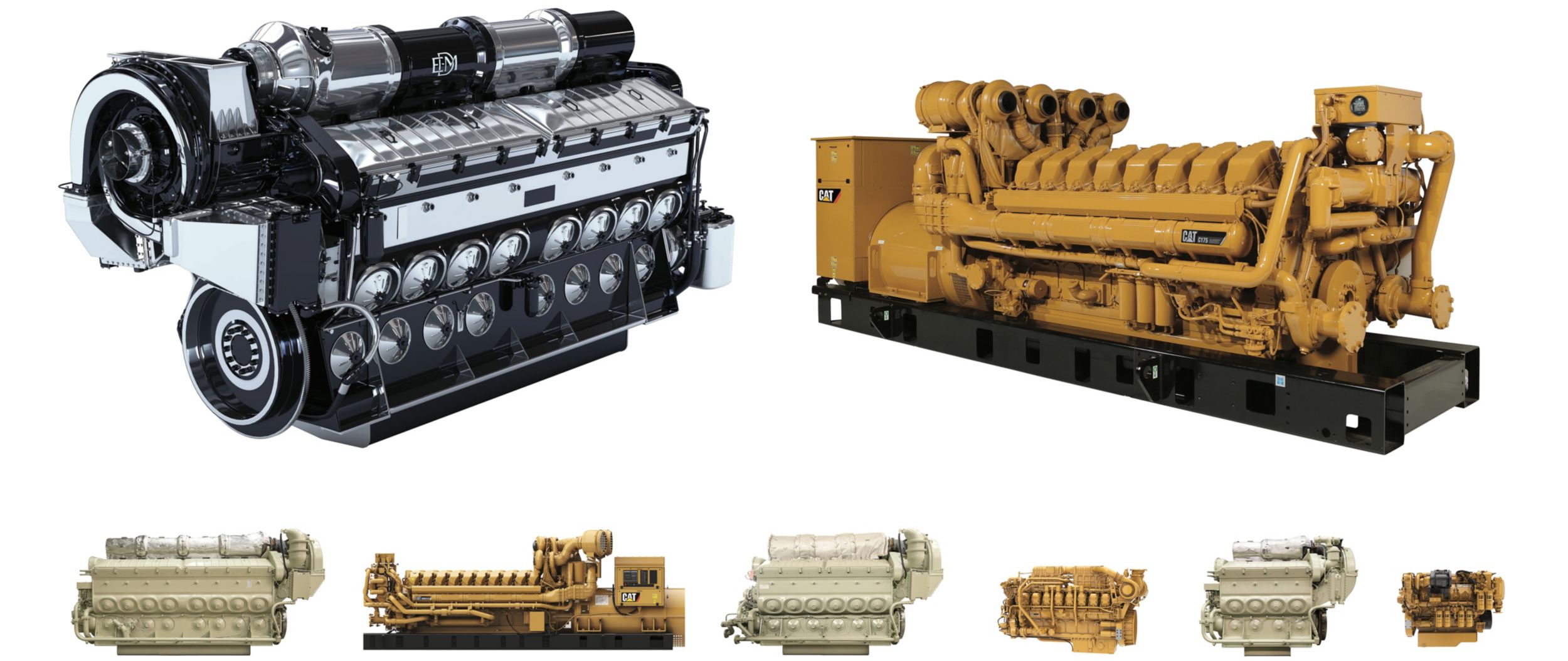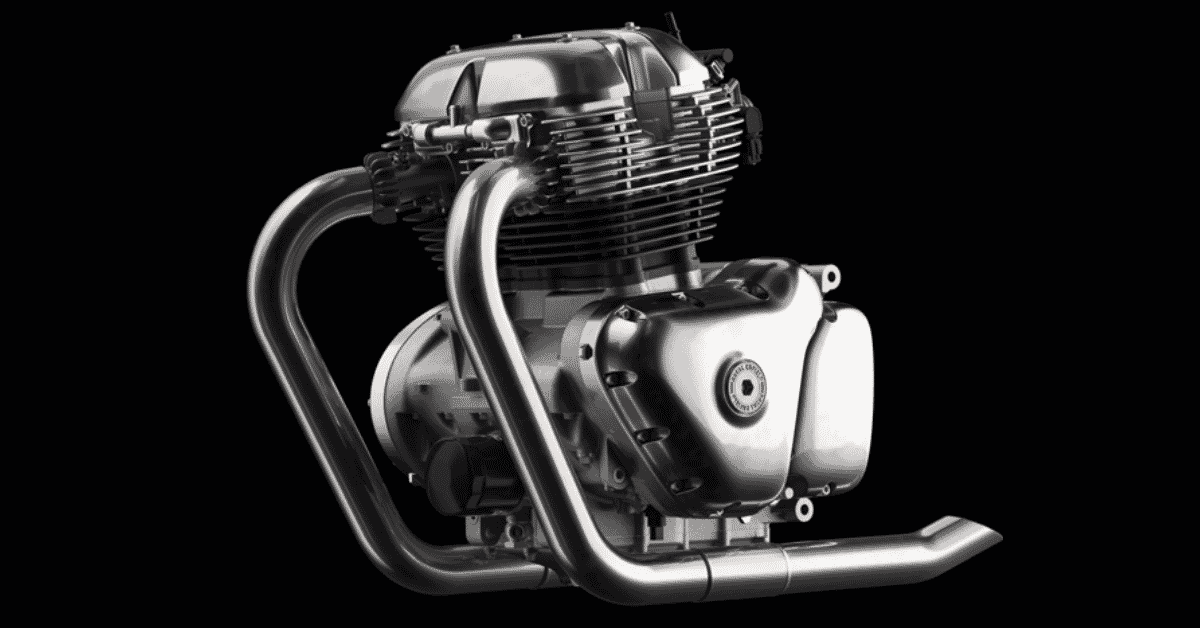The Quest for Ultimate Driving Power: Exploring the Pinnacle of Engine Efficiency and Technological Advancements in the Automotive Field
In the realm of vehicle design, the quest of maximum driving power has been an unrelenting quest that has actually unravelled through the development of engine layout and the integration of sophisticated technologies. From the careful craftsmanship of combustion engines to the fast innovations in electric propulsion systems, the automobile market stands at the cusp of a new era defined by unmatched efficiency capabilities. As scientists and designers dive deeper into the worlds of computational liquid characteristics and discover innovative fuel innovations, the perspective of opportunities increases greatly. Stay tuned as we decipher the detailed tapestry of technological breakthroughs that are shaping the future of automobile power and performance.
Development of Engine Layout

Moreover, the assimilation of turbocharging and supercharging innovations has actually reinvented engine layout by increasing power without significantly enhancing engine dimension. These forced induction systems press the consumption air, permitting for even more fuel to be combusted, therefore creating higher power result from a smaller engine. This development has actually been specifically crucial in boosting the performance of smaller displacement engines while maintaining fuel effectiveness standards.

Performance-Enhancing Gas Technologies
The application of sophisticated gas technologies has actually considerably added to enhancing engine efficiency in contemporary lorries. Biofuels, derived from sustainable resources like corn, algae, or sugarcane, deal decreased exhausts and enhanced engine performance. Additionally, fuel additives and detergents are being developed to tidy engine components, optimize combustion, and minimize rubbing, thereby increasing general lorry performance.
Innovations in Electric Propulsion
Substantial strides in electric propulsion technology have transformed the vehicle industry, paving the way for a new age of sustainable and effective transport. Electric vehicles (EVs) are acquiring popularity due to their environmental advantages and innovations in battery technology, enabling longer driving arrays and much shorter billing times. Makers are investing greatly in r & d to improve the efficiency of electric propulsion systems, concentrating on increasing power result, boosting power effectiveness, and decreasing total weight.
One notable breakthrough in electrical propulsion is the advancement of advanced electrical motors that provide higher torque and power thickness, leading to browse around these guys improved velocity and general driving performance. Additionally, regenerative stopping systems have been improved to capture and store energy throughout deceleration, more improving the effectiveness of EVs.
Moreover, the integration of clever innovations, such as artificial knowledge and predictive analytics, is maximizing the management of electric propulsion systems, making certain ideal efficiency under different driving problems. These improvements in electrical propulsion are improving the vehicle landscape, driving the industry towards an extra sustainable and energized future.
Impact of Computational Fluid Characteristics
With advancements in electric propulsion pressing the borders of automotive modern technology, the assimilation of Computational Fluid Characteristics is playing a pivotal function in maximizing aerodynamic performance and enhancing total efficiency in car layout. Computational Fluid Dynamics (CFD) includes the use of computer system simulations to analyze the flow of air around an automobile, making it possible for engineers to anticipate how style adjustments will certainly impact aerodynamics without the requirement for expensive physical prototypes. By precisely modeling airflow patterns, CFD permits the refinement of automobile shapes to minimize drag, boost air conditioning, and boost stability.
One key benefit of using CFD in car style is the capability to repeat swiftly, discovering numerous design variations to determine one of the most aerodynamically reliable remedies. This repetitive procedure causes automobiles that are not just sleeker and a lot more aesthetically enticing however likewise a lot more ecologically friendly and fuel-efficient. CFD allows designers to enhance airflow around components such as radiators, engine bays, and wheel wells, adding to boosted efficiency and general driving experience. In verdict, the web assimilation of Computational Fluid Characteristics stands for a considerable advance in the pursuit for best driving power and performance in the vehicle industry.
Future Trends in Engine Innovation
In the vibrant landscape of auto design, advanced developments are forming the future trajectory of engine development. The future of engine design is marked by a solid emphasis on performance, performance, and sustainability. Producers are significantly focusing on establishing engines that not only provide high power results but additionally prioritize ecological obligation by improving and lowering emissions fuel performance.
One noticeable trend in engine advancement is the surge of electrification. Hybrid and electric powertrains are obtaining traction as sensible alternatives to standard burning engines. These technologies provide the possibility for substantial decreases in carbon emissions and boosted power performance, aligning with global efforts to deal with climate modification.
Moreover, advancements in materials science and manufacturing methods are enabling the production of lighter and much more long lasting engine parts. This change in the direction of light-weight materials such as carbon fiber and light weight aluminum alloys adds to boosted efficiency and gas economy.
Conclusion
Finally, the search of ultimate driving power in the automotive sector continues to drive advancements in engine design, gas technologies, electrical propulsion, and computational fluid characteristics. The development of these modern technologies is forming the future of engine innovation, paving the means for extra effective and effective cars (engines for africa). As the industry remains to press the borders of what is feasible, we can expect to see much more cutting-edge growths in the mission for peak performance
One of the key landmarks in engine style development is the change have a peek here from typical carbureted engines to contemporary fuel-injected systems. By precisely metering the gas shipment to each cylinder, fuel-injected engines maximize combustion, resulting in far better efficiency and decreased ecological effect.
Additionally, the assimilation of turbocharging and turbo charging technologies has actually reinvented engine design by enhancing power without dramatically enhancing engine dimension (engines for africa).The implementation of innovative fuel modern technologies has dramatically contributed to enhancing engine performance in contemporary vehicles. In addition, fuel ingredients and cleaning agents are being developed to tidy engine parts, enhance combustion, and minimize rubbing, thus boosting general lorry performance